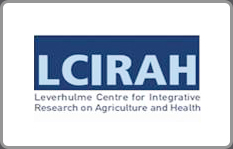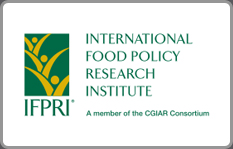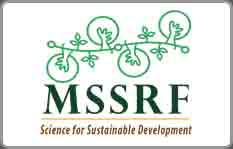Maternal and child survival is a major public health problem in haor areas in Bangladesh. Fathers feel responsible as expressed by their capability “to save the future”. Using the Capability Framework for Child Growth, we aimed to identify what contextual factors underlie a father’s real opportunities to secure a safe delivery, including social norms and beliefs. Parents from households having children less than two years old were asked to participate in two rounds of...
Journal papers
Background: Childhood stunting is an important public health problem in the haor region of Bangladesh. Haor areas are located in the north-eastern part of the country and are vulnerable to seasonal flooding. The key objective of this study is to identify the capabilities of the parents and their children that shape multidimensional child growth outcomes in the haor region in the first thousand days of life. Methods: A qualitative study was conducted in two sub-districts of the haor region,...
Research from richer countries finds that dairy consumption has strong positive associations with linear growth in children, but surprisingly little evidence exists for developing countries where diets are far less diversified. One exception is a recent economics literature using the notion of incomplete markets to estimate the impacts of cattle ownership on children’s milk consumption and growth outcomes in Eastern Africa. In addition to external validity...
Although South Asia has long been synonymous with persistent and unusually high rates of child undernutrition – the so called Asian Enigma – Bangladesh has managed to sustain a surprisingly rapid reduction in the rate of child undernutrition for at least two decades. We investigate this unheralded success through a regression and decomposition analysis of changes in child growth outcomes across five rounds of DHS surveys from 1997 to 2011. We find that rapid wealth...
Although much work has been done on the theoretical links between agriculture and nutrition, there is limited understanding of the evidence from observational and experimental research studies on the impacts of agriculture programs on nutrition outcomes. To assess the emphasis of the literature on different agriculture–nutrition pathways in Bangladesh.
This paper explores agriculture and nutrition linkages in Bangladesh, a country that achieved rapid growth in rice productivity at a relatively late stage in Asia's Green Revolution, as well as unheralded progress against undernutrition. To do so, we first outline a simple conceptual model to identify the different impacts that productivitygrowth in a food staple(s) might have on child nutrition outcomes, with a particular focus on changes in diets at the household and child...
This study assessed whether agricultural and household incomes were the same across different agro-ecological environments in Bangladesh. An in-depth analysis of the effect of unfavourable ecologies on maternal and child malnutrition was carried out. Data were from a longitudinal data set comprising a nationally representative data sample collected in 2014 and the Food Security Nutrition Surveillance Project (FSNSP) conducted in 2011 and 2012. Anthropometric indices...
Bangladesh has made considerable progress in reducing child stunting and is lauded as a success story in global nutrition fora. This mixed-methods study considers available statistical and qualitative evidence to help reveal the critical factors behind Bangladesh's ‘story of change’ in nutrition. Much of the improvement in nutrition inBangladesh in recent years is explained by what can be seen as nutrition-sensitive drivers within a wider enabling environment of...







